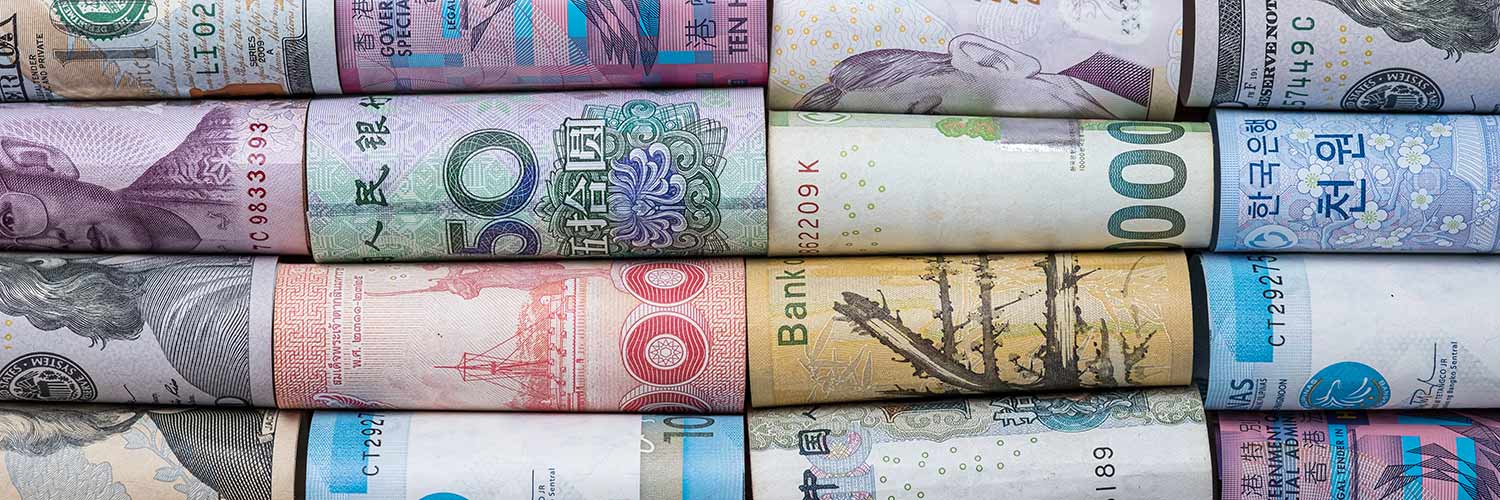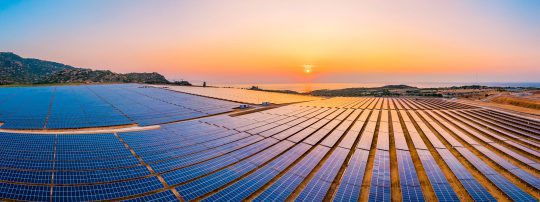The impact of net zero transitions on government borrowing
How does climate change and the transition to net zero affect the global economy?
A new study shows how physical risks from extreme weather and transition risks in implementing the shift to green energy could increase borrowing costs for governments worldwide.
Climate risks and borrowing costs
Governments make financial decisions by navigating a “fiscal triangle” of tax, borrowing, and spending. When lenders see higher risks, they demand higher interest rates, making it more expensive for governments to borrow money. This cost is an important part of a government’s ability to deliver public services and investment. Our study is the first to look at how both the damage from climate change (like storms and heatwaves) and the costs of switching to clean energy affect countries’ credit ratings and borrowing.
Global collaboration
Researchers analysed 48 countries using scenarios created by experts from a network of 159 central banks. They found huge differences across countries in the exposure of public debt to physical and transition risk. For example, not all countries face an equally pressing economic incentive to implement climate policies which benefit the rest of the world.
As climate risks increasingly shape sovereign debt markets, understanding these dynamics is crucial. Central banks, investors, and policymakers must collaborate to align financial systems with sustainable development goals. Only by addressing these disparities can the global economy prepare for a climate-resilient future.
There are four key findings:
- Higher costs for many. If climate risks grow, countries will need to pay more to borrow. For example, in the most extreme cases, the cost of borrowing could rise by over 1%. This means less money for schools, hospitals, and roads.
- Winners and losers of climate policies. Aggressive climate action, like cutting emissions to net zero by 2050, is the best scenario for most countries. But for Russia, whose economy depends heavily on oil and gas, this is the worst-case scenario.
- Wealthier nations are vulnerable. Countries with strong credit ratings might see bigger downgrades than lower-rated ones like India or Brazil. This is largely because countries with higher ratings now simply have further to fall.
- Choice of climate policy may not affect sovereign debt. Credit ratings in some countries at the bottom of the ratings scale (e.g. India, Vietnam, and Brazil) and others from the top (Norway, Canada, Finland) are essentially indifferent to choice of climate policy. If the country does not benefit, how do we encourage global climate action when not every country gains equally?
Authors
Matthew Agarwala is the Bennett Professor of Sustainable Finance at the Bennett Institute for Innovation and Policy Acceleration, University of Sussex Business School.
Matt Burke, University of Sheffield.
Patrycja Klusak, Heriot-Watt University & Visiting Professor, Bennett Institute for Innovation & Policy Acceleration, University of Sussex Business School.
Kamiar Mohaddes, University of Cambridge.




